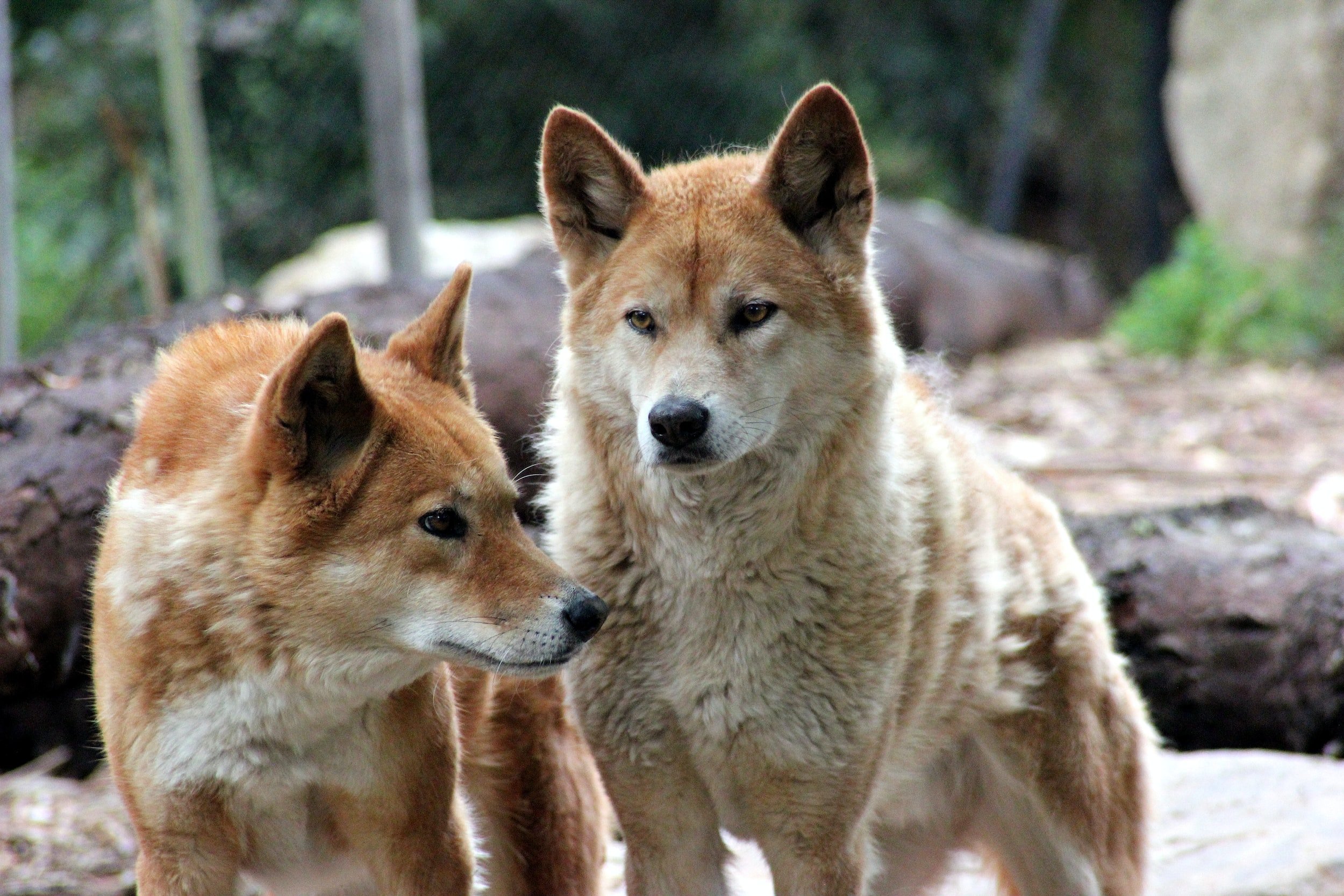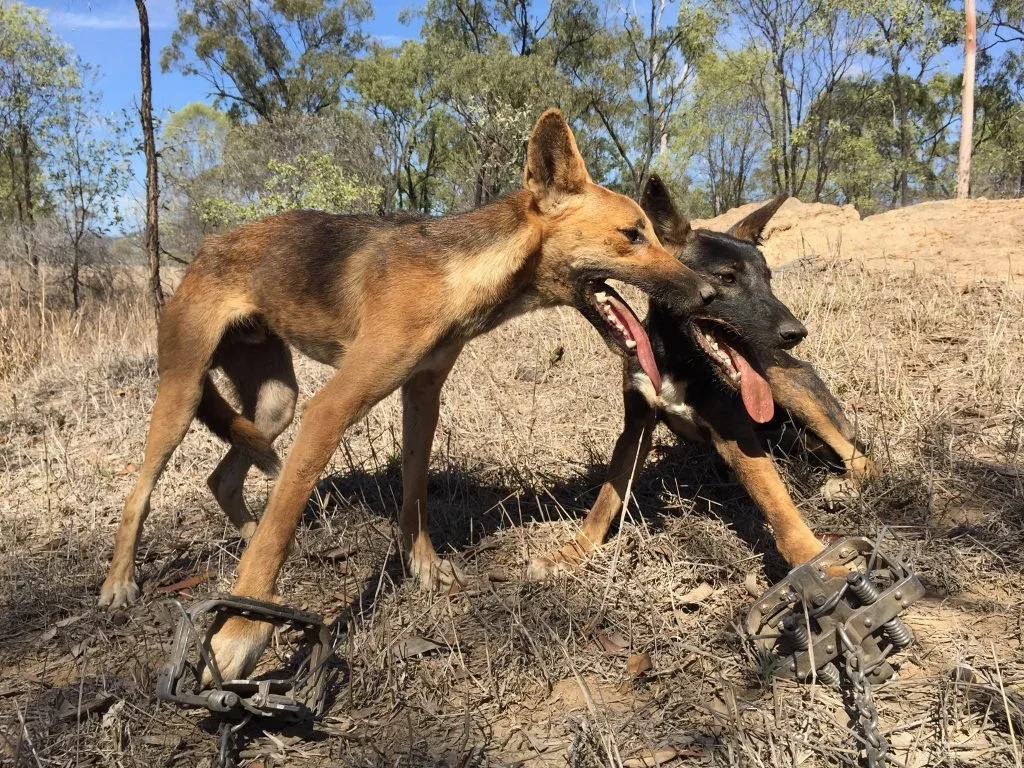REPORT
Why we need dingoes (and why they need us)
The dingo (Order Carnivora: Family Canidae: Genus Canis)
Researchers have maintained that few Australian species have as dubious an identity as the dingo. Similarly to the kangaroo, they are simultaneously a prescribed “pest” and a protected species. This has increasingly led to a kind of “legal schizophrenia” wherein the law often appears at odds with common sense. This partly explains why the Government and its various agencies employ the catch-all term “wild dog” when referring to any free-living canine.
Dead dingoes don't bite
Historically, the dingo has been thought to be a subspecies of the domestic dog. Such a categorisation may impact upon the ways in which dingoes are considered, protected and/or controlled, especially insofar as it implies that dingoes are relatively recent arrivals to Australia in geological terms. Evidence suggests that they have been present in Australia for up to 5,000 years. Since at least 1792, however, there has been ongoing controversy regarding their taxonomic identity and status.
Prior to the 1970s dingoes were uniformly killed explicitly as “vermin“. Despite existing in Australia prior to European invasion, the dingo remains a controversial canine.
This report will show you how this came to be, why we need dingoes and why they need us.
What's in a name, anyway?
The dingo remains a contentious species in many circles; from academia, to farmers and everyday Australians, the iconic dingo may mean vastly different things. A lingering controversy is whether or to what extent an individual animal must be “pure” in order to be provided legislative protection.
Recent DNA ancestry research has challenged the purity myth. Of 783 animals tested, only 5 were found to be “feral domestic dogs with no dingo ancestry“. Thus, there are significant implications associated with the label. Should the dingo be recognised as a native animal, various legal instruments to protect them would be triggered. By all accounts, including contemporary “wild dog” management plans, the dingo is considered to have been present prior to European invasion. In NSW, all “wild dogs” (including dingoes) are classified as “pest” animals. Under State legislation, all landholders are obliged to “control” prescribed animals, including the application of 1080 poison.
Dingo carcasses are regularly hung on tree branches or fence posts.
The implications of the DNA study are profound. Though the dingo can be found across much of mainland Australia and are an important ecological component of the Australian ecosystem, they are routinely subjected to extensive “management” programs, especially in livestock grazing regions. As it stands, dingoes are routinely referred to as “wild dogs”. As such, they are declared “pests” under various State and Territory laws.
The difference between "stock" and "game"
From the time of European invasion, lethal management programs intended to exterminate dingoes were conducted with the consent, approval and active support of the State. This initially constituted a response to predation on imported livestock, particularly sheep, dating to approximately 1788.
Depiction of the Slaughterhouse Creek Massacre of 1838.
The history of Europeans first contact with Aboriginal Australians explains that dingoes “knew nothing of the pastoralists’ distinction between ‘stock’ and ‘game'”. At the time, as it remains to this day, this was considered an unacceptable threat to the economic viability of burgeoning pastoral industries populated entirely by imported farmed animals.
Teaching an old dog new tricks
Rams on Bolong Station. Photograph by Amelia Eve Wong or Henry H. Wong.
Given that the majority of agricultural land in Australia is used for extensive grazing, it is widely acknowledged that where there are sheep there will be ‘wild dogs'.
Until the gold rushes coaxed them elsewhere, pastoralists tended to their flocks as shepherds. Thereafter, fences of various materials were used. Between 1830 and 1850, the size of flocks grew substantially. When shepherds realised that new technologies diminished the need for their labour “the sheep were left to fend for themselves in the open paddocks”.
In 1836, South Australia became the first state to adopt an official dingo management policy. It has since been endorsed by all successive governments. In the same state, a barrier fence runs approximately 2,225km long. It has been maintained, at a substantial cost, since 1946. The fence remains the longest man-made structure in the world.
Capture, control and kill
A sign warning of the presence of poison baits and traps on a gate of the South Australian “Dog Fence”.
After rabbits, dingoes are estimated to be the second most deleterious species to Australian animal agriculture industries. Primarily, this equates to economic losses to the wool industry (though even to this industry rabbits are estimated to cause significantly more damage). Since European agricultural techniques were first introduced in Australia, governments have spent millions on “dingo control”. Towards the closing of the 19th century, bounties were placed on their scalps; some Councils, primarily in Queensland, still offer up to $25 per scalp. This has developed into vast efforts, including the barrier-fence and extensive aerial baiting using 1080 poison.
Many sources maintain that the primary impact imposed by “wild dogs” is increasing the mortality rates of farmed animals to predation. Often, however, it is not the killing of such animals that is cited as the primary problem. Rather, it is “the maiming and forced mismothering due to separations of cow and calf” that are often considered “the worst of it“. Entire studies, funded by the wool industry, have been devoted to the “social impacts of wild dogs”.
In addition to bounties and 1080 baiting, other techniques used to control dingoes include the use of various kinds of traps. These range from leg-hold traps to spring-loaded devices like Canid Pest Ejectors (‘CPEs’).
Answers and alternatives: what hasn't worked
Typical leg-hold traps. Source: anonymous trappers Facebook account.
Some “wild dog management” groups have existed for up to 33 years, with up to 180 individual members comprising them, covering a total of up to 5.8 million hectares. Though some groups were formalised relatively recently, their members had been baiting dingoes for 60 years beforehand. State governments have partnered with corresponding agricultural departments and various forms of dingo-destruction groups. The National Wild Dog Action Plan is the latest of these, forerunners of which included Dingo Destruction Boards, Wild Dog Associations and farm communities engaged in efforts to eradicate dingoes from their districts.
A key theme that is associated with these groups is the belief that to be a “good” farming neighbour one was obliged to respect and engage in the obligate killing of dingoes. This is seen in contemporary messaging claiming that the “wild dogs” are a “collective” or “community” problem requiring consistent and prolonged lethal control.
Answers and alternatives: what could work
Support Animal Liberation in their work to protect dingoes and ban 1080 poison.







